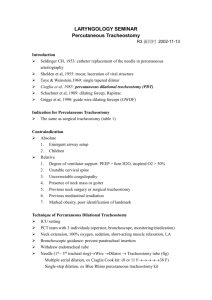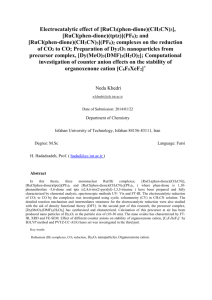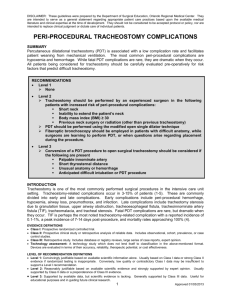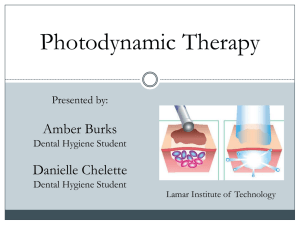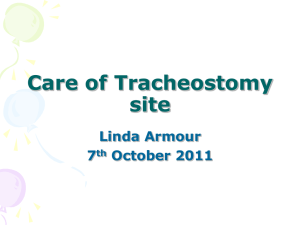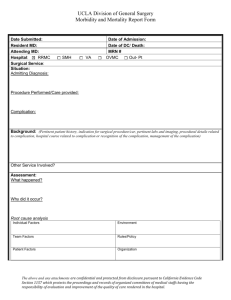Percutaneous vs Surgical Tracheostomy
advertisement
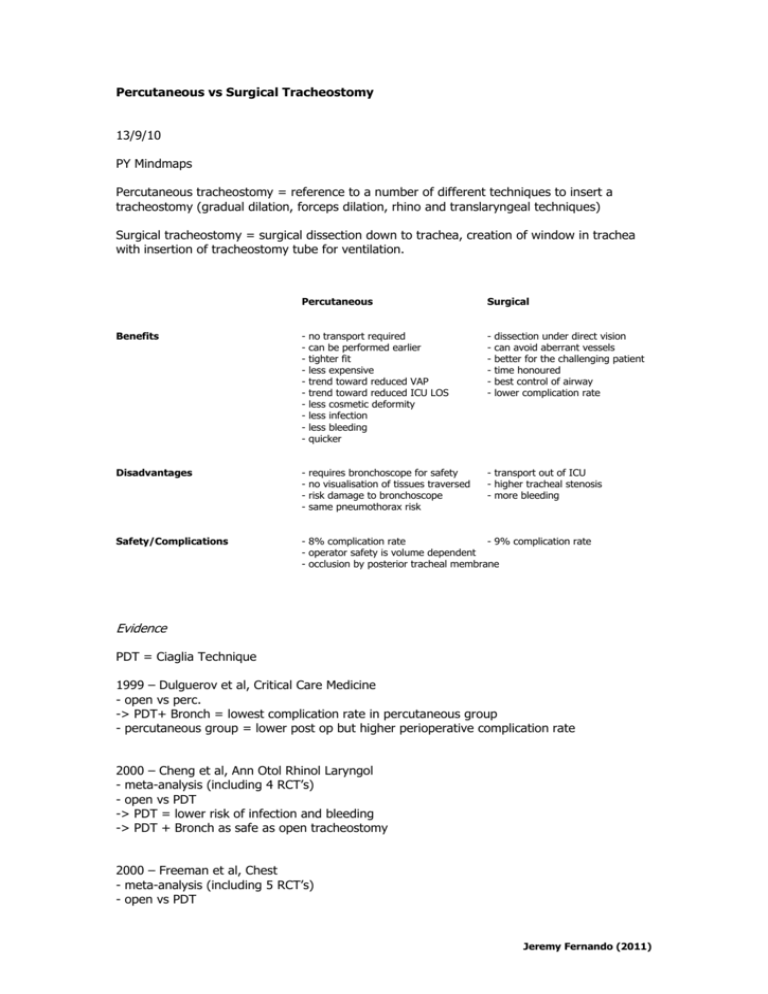
Percutaneous vs Surgical Tracheostomy 13/9/10 PY Mindmaps Percutaneous tracheostomy = reference to a number of different techniques to insert a tracheostomy (gradual dilation, forceps dilation, rhino and translaryngeal techniques) Surgical tracheostomy = surgical dissection down to trachea, creation of window in trachea with insertion of tracheostomy tube for ventilation. Percutaneous Surgical Benefits - no transport required can be performed earlier tighter fit less expensive trend toward reduced VAP trend toward reduced ICU LOS less cosmetic deformity less infection less bleeding quicker - Disadvantages - requires bronchoscope for safety no visualisation of tissues traversed risk damage to bronchoscope same pneumothorax risk - transport out of ICU - higher tracheal stenosis - more bleeding Safety/Complications - 8% complication rate - 9% complication rate - operator safety is volume dependent - occlusion by posterior tracheal membrane dissection under direct vision can avoid aberrant vessels better for the challenging patient time honoured best control of airway lower complication rate Evidence PDT = Ciaglia Technique 1999 – Dulguerov et al, Critical Care Medicine - open vs perc. -> PDT+ Bronch = lowest complication rate in percutaneous group - percutaneous group = lower post op but higher perioperative complication rate 2000 – Cheng et al, Ann Otol Rhinol Laryngol - meta-analysis (including 4 RCT’s) - open vs PDT -> PDT = lower risk of infection and bleeding -> PDT + Bronch as safe as open tracheostomy 2000 – Freeman et al, Chest - meta-analysis (including 5 RCT’s) - open vs PDT Jeremy Fernando (2011) -> no overall difference in mortality rate -> PDT: quicker, lower post op complications, less bleeding 2006 - Delaney et al, Crit Care Med - large meta-analysis (17 studies) - PDT vs open -> PDT: lower wound infection, -> no difference in bleeding and complication rates 2007 – Higgins et al, Laryngoscope - PDT vs open - meta-analysis (15 studies) - PDT: less infection, less scarring, trend towards lower complication rate, faster, cheaper, lower conversion rate - PDT: higher accidental decannulation, no difference in bleeding, subglottic stenosis, death Jeremy Fernando (2011)
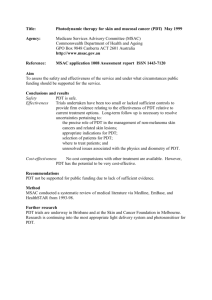

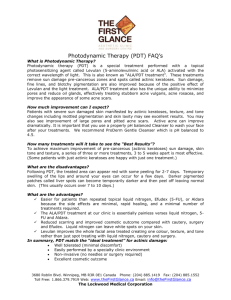
![Chester _Royals_FCOT[1]](http://s3.studylib.net/store/data/006762869_1-d0409422479a6dd3b4d6752fba5dcd6e-300x300.png)
